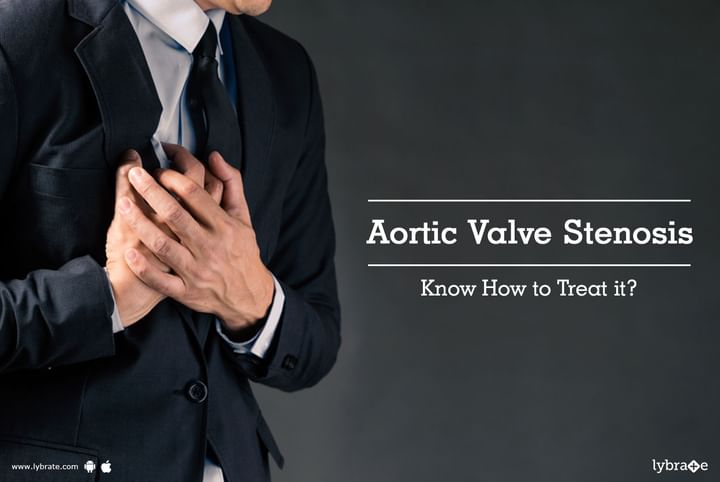Aortic Valve Stenosis: Know How to Treat it?
Aortic valve stenosis is a serious condition that occurs when the aortic heart valve narrows. The narrowing of the aortic valve prevents it from opening completely, which in turn blocks or reduces the blood flow from the heart to the aorta (the main artery) and to the rest of the body.
When the blood circulation through the aortic valve is blocked or reduced, the heart works harder to pump the blood to your body. This not only puts pressure on the heart muscles but also restricts the amount of blood it can pump. This condition can result in the following symptoms-
-
Irregular heartbeats
-
Discomfort or tightness in the chest, especially after some activity
-
Heart palpitations
-
Inability to eat enough
-
Inability to gain enough weight
Treating aortic valve stenosis
The treatment of the condition depends on its severity. For instance, if the signs and symptoms are mild, the doctor will prescribe medications and lifestyle changes along with regular follow-ups to keep a check on the condition of your heart.
On the other hand, if the symptoms are persistent or deteriorate over time, then surgery is the most preferred treatment option.
Surgical procedures-
-
Aortic valve repair/replacement- The surgeon replaces the patient’s failing aortic valve with an artificial heart valve.
-
Balloon valvuloplasty- The surgeon performs a minimally invasive procedure to insert a catheter inside the stenotic valve (usually through the groin region) and opens it wide.
-
Open heart surgery- This refers to the traditional surgical procedure wherein the surgeon cuts open your chest and replaces the failing aortic valve with a healthy one from a suitable donor.
Surgical treatment for aortic valve stenosis has a high rate of success. Nevertheless, your outlook will depend on certain factors like-
-
How long you have been living with the condition
-
The extent of damage to your heart
-
Any complication arising from the disorder
You are likely to notice a drastic improvement in your condition once you receive proper treatment. Although some people might find surgery to be quite scary, however with a modern approach and procedures you can expect minimal pain and quick recovery.


+1.svg)
